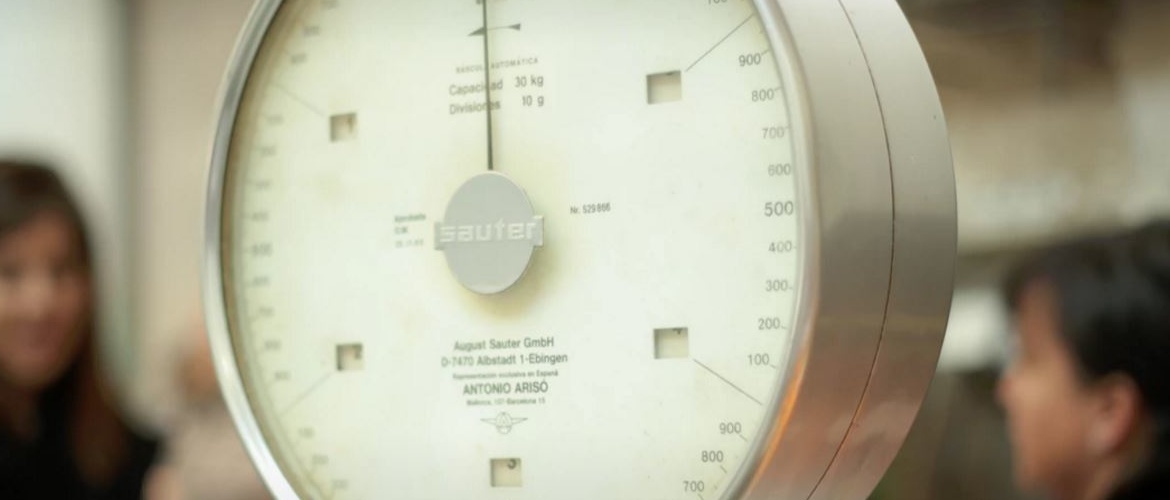
Choose a channel
Check out the different Progress in Mind content channels.

Progress in Mind

In the third article in our series 'Top of the Polls', we use questions asked in our poll at the European Psychiatry Association’s (EPA) 23rd European Congress of Psychiatry in Vienna, Austria, as a springboard for discussion about the diagnosis of bipolar I.
Under- or over-diagnosis of a bipolar disorder I? It’s a difficult question to answer with certainty although the tendency with a lot of neurological and psychological conditions is to settle on the former. A large majority of respondents (85%) did indeed think that bipolar I disorder is under-diagnosed which reflects the majority of current thinking and discussions in the media suggesting this is generally the case.
That said, some argue that the opposite is true ie that bipolar I is over-diagnosed. This is particularly the case since the widely cited study by Zimmerman and colleagues1 in which only 43% (63/145) of patients who answered “yes” to a questionnaire item (“Have you been diagnosed with bipolar or manic depressive disorder by a healthcare professional?”) subsequently had bipolar disorder diagnosed by formal research interview. It’s an interesting paper but one dissected by Dr Nassir Ghaemi, Professor of Psychiatry and Pharmacology at Tufts Medical Center in Boston, leaving one thinking that actually the paper is in fact indicative of under-diagnosis.
Ghaemi’s subsequent analysis of Zimmeran’s paper concluded that bipolar disorder had been missed more than twice as frequently as it was mistakenly diagnosed. He argued that low reliability in this study was reported as evidence of over-diagnosis when in fact the (validity) data suggest under-diagnosis. You can read more about this in the BMJ.2
So let’s give this some historical context. Ever since Emil Kraepelin defined manic depressive insanity as recurrent mood episodes (either mania or depression, but not necessarily requiring mania) in 18983, the condition has been under-diagnosed.
For almost a century bipolar disorder was commonly misdiagnosed as schizophrenia4. In 1980, the American Diagnostic and Statistical Manual (DSM-III) narrowed the definition of schizophrenia and divided manic depressive insanity into two groups: broadly defined major depressive disorder and narrowly defined bipolar disorder5. Reasons for under-diagnosis since then may include lack of insight into mania by patients, lack of systematic assessment of mania by clinicians, stigma, and the marketing of antidepressants. There is also the issue of people not seeking help and symptoms often being masked by addiction.
But doctors have come a long way in fully understanding different moods in bipolar disorder and in making an accurate diagnosis. It wasn’t that long ago when bipolar disorder was confused with other disorders such as unipolar depression or with schizophrenia, as acknowledged earlier in this article. With the greater understanding of mental disorders today, doctors can identify the signs and symptoms of bipolar depression, hypomania, and mania and most cases can be treated effectively and safely with adequate bipolar medications.
Dr. Andreas Erfurth, Head of Clinical Psychopharmacology and the Bipolar Spectrum Disorders Program, Division of General Psychiatry, Medical University of Vienna, Austria, said: “Recent changes to the DSM guidelines have also helped us define patient subtypes in bipolar disorder in terms of current episode (for example, ‘with or without mixed features’). What is lacking is a historical perspective – how might a patient’s mix of symptoms change over time?
“For example, under the current system, the case of a major depressive episode with mixed features, but without a previous history of a manic or hypomanic episode, will receive a diagnosis of ‘major depressive disorder, single episode’, potentially discouraging the use of valuable adjuncts such as mood stabilisers,” said Dr Erfuth.
That said, bipolar I disorder can still often be misdiagnosed, especially on initial presentation. In our poll, 60% respondents said that it was easy to mistake other clinical conditions for bipolar I, and this is indicative of reality.
Typically this might result from lapses in history taking, the presence of comorbidities, and limitations in diagnostic criteria. Careful screening for symptoms of hypomania/mania and clinical features suggestive of bipolarity is vital. While a physical examination can reveal a patient’s overall state of health, the doctor must hear about the bipolar signs and symptoms from the patient in order to effectively diagnose and treat bipolar disorder. Collateral history taking and screening instruments, such as mood questionnaires, may also help in limiting the rate of misdiagnosis.
With time has come the availability of new questionnaires to assist diagnosis. For example, the Mini International Neuropsychiatric Interview (MINI) questionnaire which was developed to evaluate the new DSM-5 ‘with mixed features’ specifier for (hypo)manic and manic episodes, in a version that can be filled in by patients. It consists of nine questions to assess the presence or absence of depressive symptoms according to DSM-5 (six symptoms) and can easily be incorporated into routine psychiatric evaluation of patients with manic episodes. You can download a copy of the MINI here.
Simple to use in clinical consultations it will hopefully improve awareness and detection of mania with depressive symptoms, a state in bipolar I which places patients at high risk of suicide.
Asking the right questions in consultation is of course vital to establish an accurate diagnosis. When meeting with a patient for the first time, it’s natural to really only be able to see his or her behaviour and mood state in the present, which excludes a significant amount of additional information that’s required to ascertain the diagnosis. Filling all the pieces of the jigsaw relies upon the clinician's ability to ask the right questions and the patient's ability to provide comprehensive and accurate answers. Take a look at this video for a useful guide about what questions to ask a patient with suspected bipolar I.
Our correspondent’s highlights from the symposium are meant as a fair representation of the scientific content presented. The views and opinions expressed on this page do not necessarily reflect those of Lundbeck.